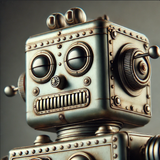When will quantum computing have its "ChatGPT moment"?
Georges-Olivier Reymond, CEO of Pasqal, discusses building "a European quantum Nvidia".
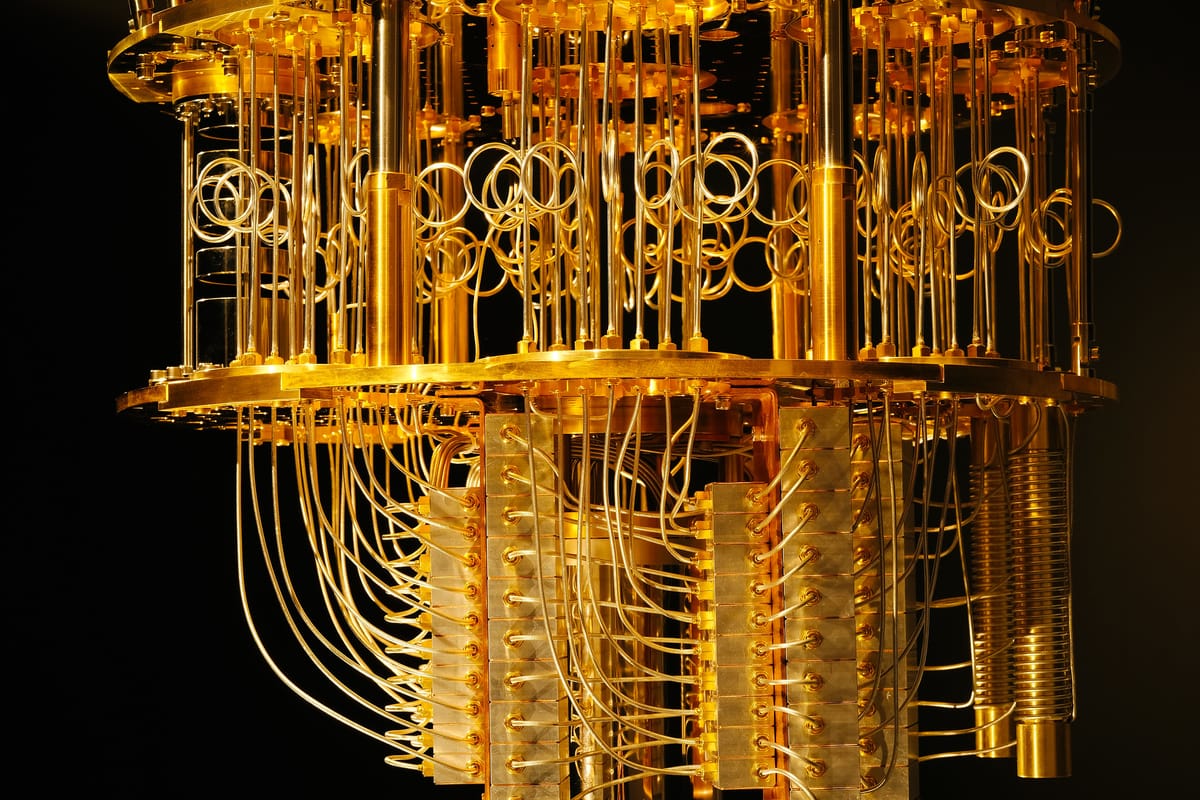
Many industries have a name for the turning point when everything changed.
In payments, the TfL moment describes a huge spike in contactless adoption that took place after Transport for London began allowing tube travellers in the UK capital to buy tickets by tapping their card on a reader.
A pivotal juncture in music occurred when Bob Dylan famously "went electric" by abandoning his acoustic guitar and plugging a Fender Stratocaster into an amplifier.
And in AI, we have the ChatGPT moment when OpenAI’s GenAI model became the fastest-adopted application in consumer history - giving the world a glimpse of a jobless future in which machines do all the work.
We have yet to experience a tipping point in quantum. But it's more or less certainly ahead of us. The question is not if, but when.
Georges-Olivier Reymond, CEO and co-founder of the quantum computing firm Pasqal, believes we are a few short years away from a historic milestone in the story of this transformative but little-understood technology. He spoke to Machine after getting back from the World Economic Forum in Davos, where more than one topic was on the tip of delegates' tongues.
“Last year everyone was talking about AI,” he says. “This year, it was AI and quantum.”
Speaking on a panel about the future of high-performance computing with big players including IBM, Reymond said a “quantum ChatGPT moment” could take place in as little as two to three years.
“This will involve demonstrating a use case that beats classical technologies for the first time,” he tells us. “It's getting closer and closer. At Davos, the great thing this year was the feedback we received from the audience. They can see the progress we’ve made. We will soon have something tangible and it’s very exciting.”
Quantum milestones
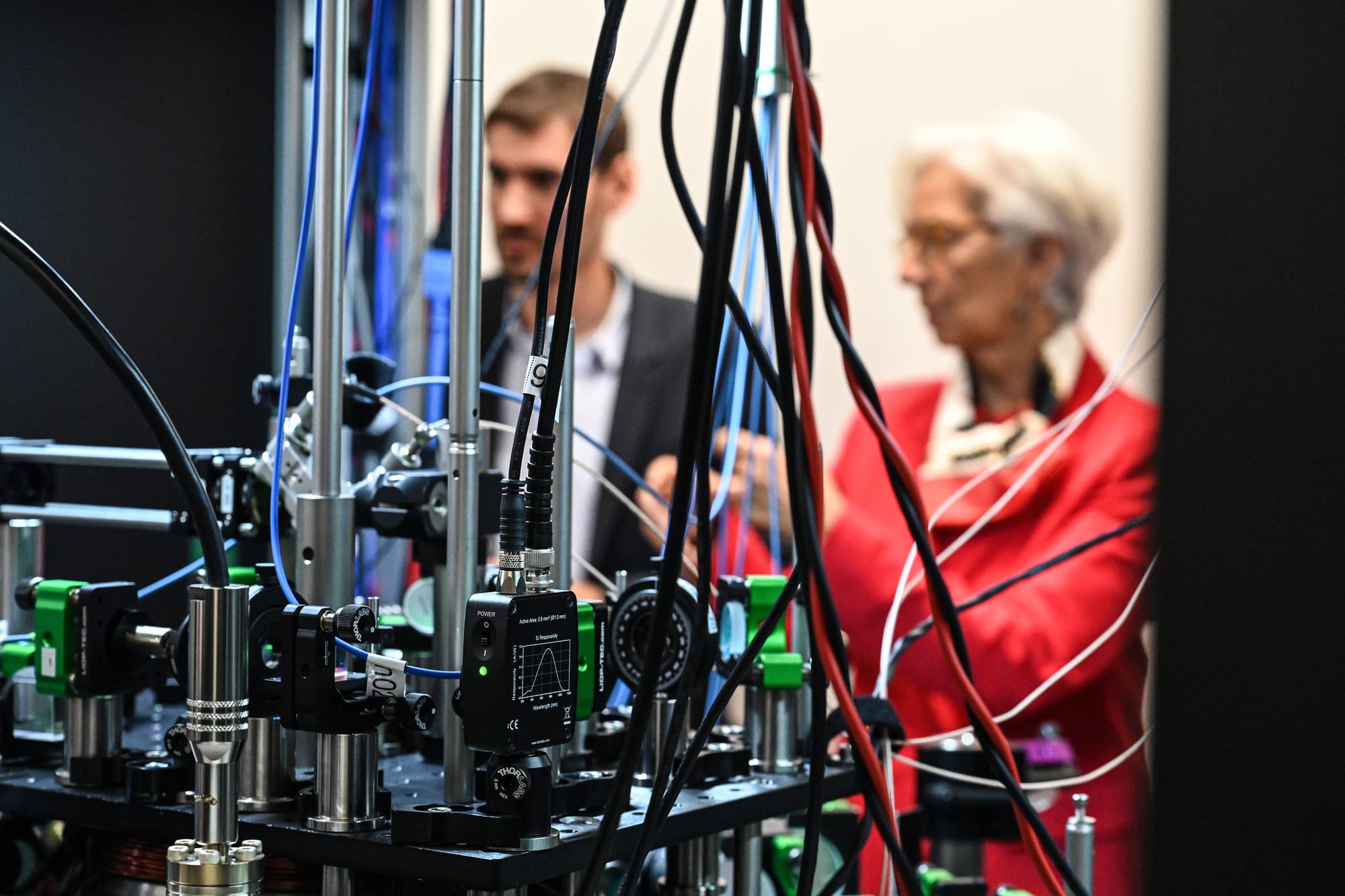
So what will happen at this quantum crossroads? Reymond takes care to point out that his prediction does not describe the arrival of a universal quantum computer. We're not going to be buying an Apple iQuantum within that timeframe.
What he means is that a breakthrough that “delivers the potential of quantum computing” will happen within 36 months. Excitingly, he argues that we already have the tech in place. All that's left to do is refine and perfect it.
“As of today, we don't have all the pieces ready,” he points out. “So this is still a research effort. At the moment, it's like thinking about the internet just after having invented a transistor. Yes, this may be the end goal. But we have some progress to make in between.”
Pasqal is working on a short-term timeframe because it has a “tangible approach” to programming the quantum computer that is different from competitors who are following a long-term roadmap.
“The first quantum computers will not be perfect, but they will be able to reach break even on very specific use cases,” Reymond says.
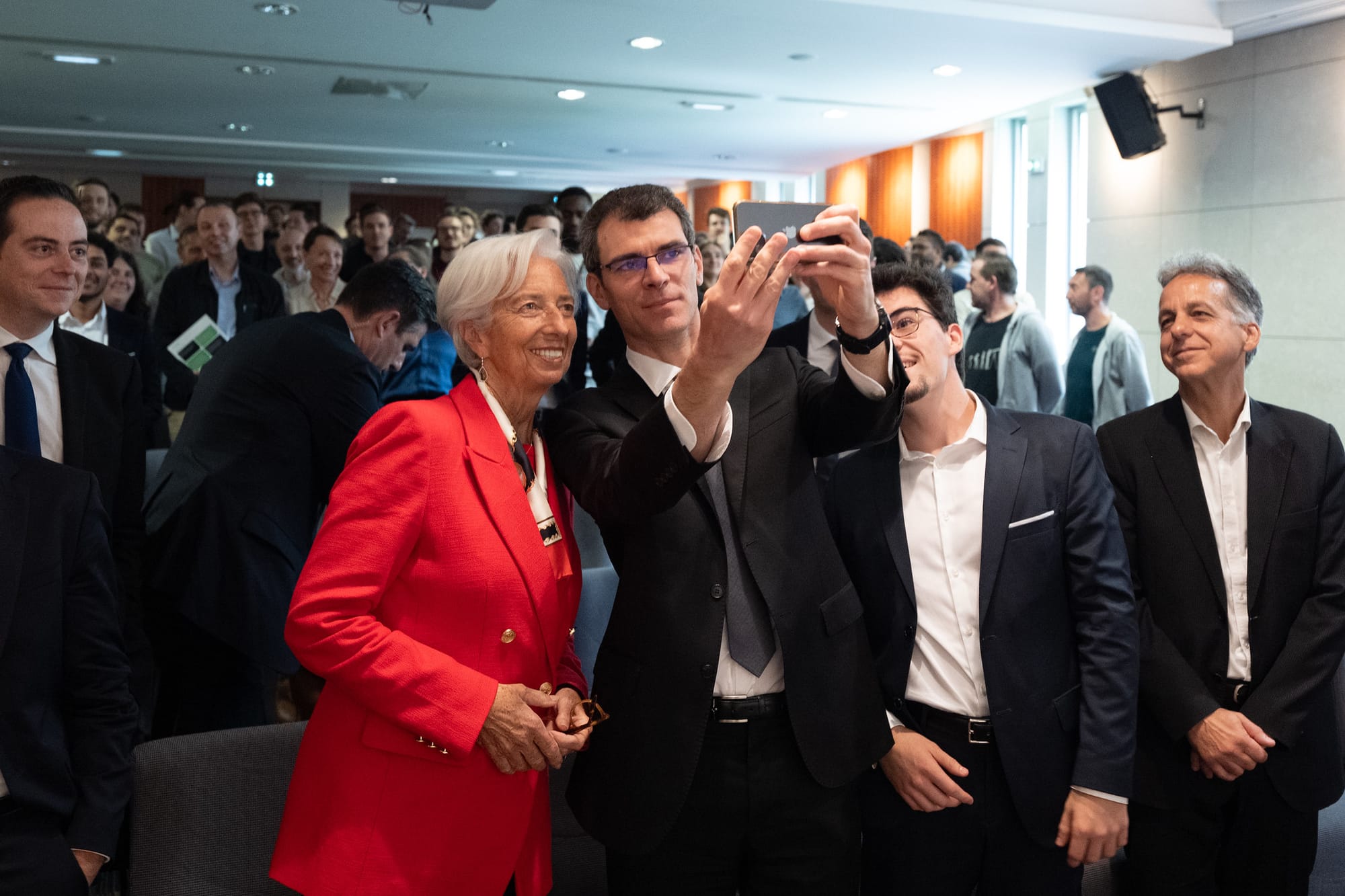
For example, quantum devices could be used in the material sciences. Pasqal is already working with EDF to simulate the ageing of materials within nuclear power plants and simulate critical phenomena at the microscopic level to predict potential issues like the formation of cracks within a nuclear reactor.
Logistics, drug design and the management of financial portfolios are other examples of “low-hanging fruit” for quantum pioneers, Reymond says.
“Just by engineering the technology as it is and pushing the frontiers, we are already there without the need for scientific breakthroughs," he adds. "We have everything we need to scale and we know what to do.
“We are building the first products today with analogue computing and tomorrow we will go to quantum error correction and demonstrate the full initial potential of quantum computing using the same platform and tools.”
READ MORE: Commercialising the "second quantum revolution"
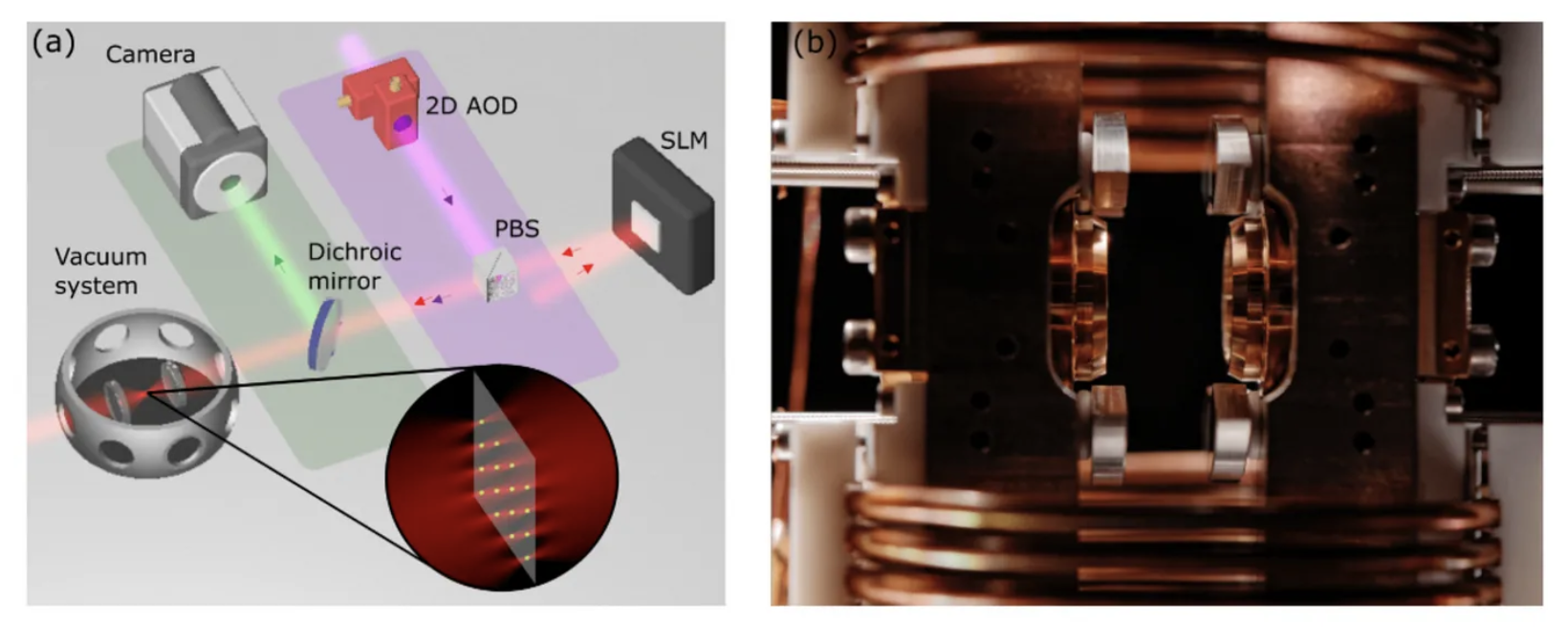
Pasqal’s technology (pictured above) uses second-generation quantum processing units (QPUs) based on ordered arrays of neutral atoms. Traditional computers rely on bits to store and process data as the ones and zeros of binary code. Quantum computers use qubits (quantum bits), which can be 0, 1, or both at the same time, thanks to a phenomenon called superposition.
In Pasqal’s architecture, each qubit is made of a single neutral atom with electronic energy levels representing one and zero states. A precisely adjusted laser beam is used to manipulate atoms and then trap them in place. Then, a device called an "optical tweezer" uses a focused laserbeam to move and arrange individual atoms into a specific pattern called an “atomic registry”.
Essentially, the laser acts like a set of invisible tweezers, grabbing and positioning atoms exactly where they are needed for quantum computing. The value of each qubit is measured at the end of a computation by snapping an image from a camera.
Explain it like I'm five: What are quantum computers?
To the uninitiated, it can all be a little bit mind-bending. In fact, the whole discipline of quantum computing is pretty far out. For evidence of this, just look at Google’s Willow chip, a quantum processor that’s said to perform calculations in many parallel universes.
So how does Reymond explain quantum computers to the billionaires at Davos after a few glasses of wine?
“Usually, I start with examples, he says. “All the great work we did with our customers and benchmarking the results against the state of the art for classical computers.
“The next step is to explain the different approaches we have, focusing on both the short term and the long term, and explain the similarities between analogue computing and digital electronics.”
This involves that reminder that a qubit is comparable to the resistors and capacitors function of traditional physical analogue circuits. Qubits naturally optimise a “cost function” - a problem specific goal - by finding the system’s ground state, the lowest possible energy state of a quantum system, and can effectively solve complex computing problems.
READ MORE: Quantum "magic" found in the Large Hadron Collider
“Basically, we design our system to reproduce something physical, but evolved into the solution of computing problems," he says. "And like electronics, it's super efficient.”
The final stage of the explanation is about the neutral atoms. “We are controlling single atoms, which are each a qubit," Reymond explains. "We do not need to manufacture those atoms. Still, by nature, they are perfect. They behave in a quantum manner at room temperature, so we do not need to cool down the system, and we control the qubit with light - which is a very flexible tool.
"We can organize the atom in arrays of any shape we want. And this is programmable from shot to shot, so we can change the shape of the array and embed the complexity of the algorithm into this geometry.”
Pasqal's quantum device is not only powerful but eco-friendly, using the same power as a few hairdryers going at once - in stark contrast to the vast and growing thirst for electricity created by the AI energy crisis.
A renaissance for European innovation?
For Europeans and EU-adjacent nations like the UK, quantum is a chance to make up for the sluggishness that has gripped us for decades. The US and now other nations like China have raced ahead of the old world in most, if not all, areas of technology. As our competitors build billion-dollar companies in exciting spaces like AI, Europe has seemed content to let regulators behind the hands of innovators with handcuffs made of onerous compliance requirements.
Reymond sees quantum as a chance for Europe to shine once more.
“With AI, we have already lost the hardware battle,” he states. “Today, all the AI chips are manufactured in the US and other nations. We are trying to catch up, but it's only on the software front - which is the tip of the iceberg. The value is really the hardware.
“If you have the hardware, you have the sovereignty. And in quantum we have an opportunity to be the first with the hardware and the software, which is really unique.”
Best of all, regulators have less ability to halt the progress of quantum, particularly when compared to software-heavy industries like AI.
Pasqal is at the head of the charge, signing a deal with IBM to “build the cake together”.
“IBM has acknowledged as a peer working at the same level. So that's a great opportunity for Europe. I'm working actively to build the European quantum Nvidia.”
To succeed in the quantum technology sector, Europe needs increased private investment, particularly to support startups scaling beyond early stages, Reymond argues.
Public procurement is also essential to help large corporations adopt quantum solutions, which often have lower entry barriers than AI. Supporting initial costs to demonstrate ROI would encourage adoption, benefiting both corporates and quantum providers like Pasqal.
If Europe gets quantum right, the Continent finally has the chance to shake off the torpor which is gripped it for far too long and once again become an innovations powerhouse. Let's hope Pasqal's wager on the quantum future pays off.
Have you got a story or insights to share? Get in touch and let us know.
